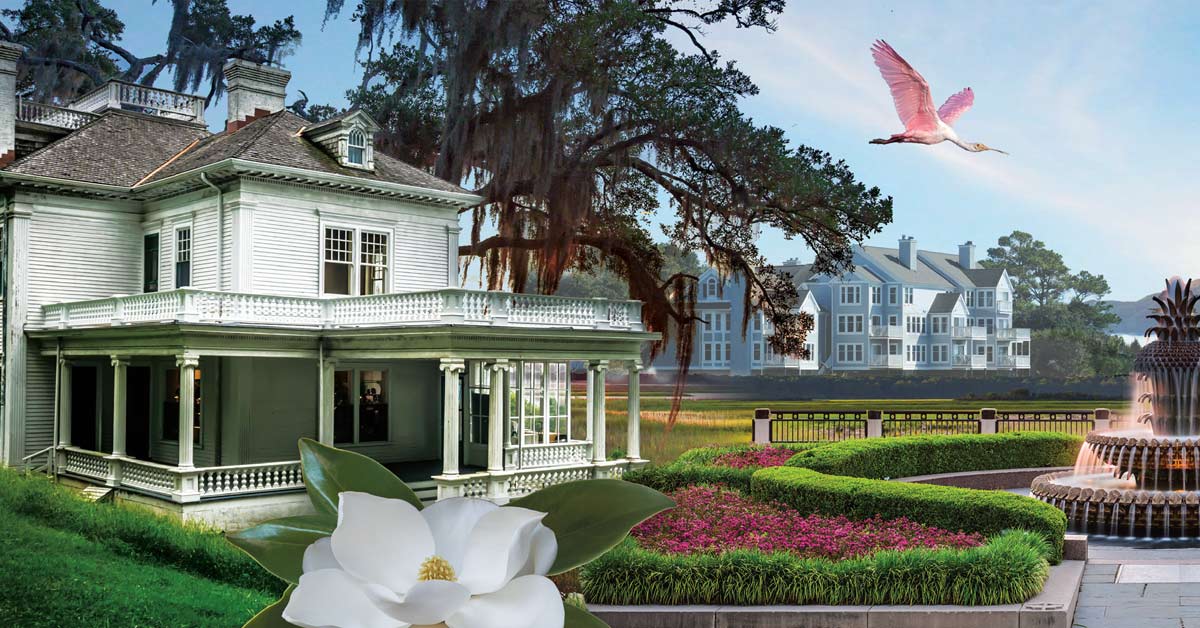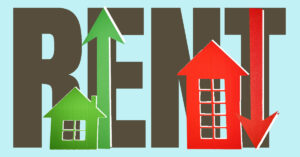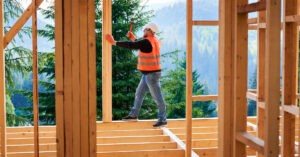The collapse happened quickly. The U.S. textile industry saw scores of plants close in the 1970s and 1980s as manufacturers sought cheaper labor overseas. From 1983 to 1985, 95 percent of the industrial looms in South Carolina, North Carolina and Georgia — the heart of the American textile industry — shut down.
The Palmetto State was the hardest hit as 63 percent of these closures occurred in South Carolina alone. Although the textile industry struggled, however, South Carolina attracted other manufacturers that now are proving vital for the state’s future.
French tire company Michelin opened its first major manufacturing plant in the U.S. in Greenville in 1973. Other tire manufacturers followed. Today, South Carolina leads the U.S. in the production and exporting of tires. About 110,000 tires are produced each day in the Palmetto State, according to the South Carolina Department of Commerce.
BMW opened an auto-manufacturing plant in Spartanburg County in 1994, the first of a wave of auto manufacturers and auto suppliers to move into the state. Aerospace manufacturers followed, including Boeing, which opened a commercial-airplane assembly plant in the state in 2011. As of 2017, 11.8 percent of the state’s workforce was employed in some form of manufacturing.
With a strong agriculture base and a tourism industry that accounted for a $22.6 billion economic impact last year, South Carolina has fared well after the recession.
In 2017, South Carolina produced $32.2 billion in goods for exports, ranking No. 16 among all states. The state’s gross domestic product, a measure of goods and services produced, ranked No. 26 in the U.S. in 2017, but grew at an annualized rate of 2.6 percent that year, compared with national growth of 2.2 percent.
The state’s unemployment rate recovered after the Great Recession and was 0.6 percentage points lower than the national rate as of March 2019. Wages in South Carolina lag behind the nation as whole, however. Per capita personal income was $42,736 in 2018. That ranked 44th in the U.S. and was 80 percent of the national average of $53,712.
About 27 percent of South Carolina residents ages 25 and older have attained a bachelor’s degree or higher. That falls slightly behind the U.S. average of 30.9 percent. South Carolina has an estimated population of 5.08 million and about 15.4 percent of the population lives in poverty.
Home sales and prices
Home prices in South Carolina have been rising, just not as fast as the rest of the nation. In 2017, for instance, home prices in the Palmetto State rose 4.7 percent. That compared to a 7 percent jump for the U.S. as a whole.
The median home price in the U.S. in fourth-quarter 2018 was $257,600, according to the National Association of Realtors. In 2018, South Carolina’s median home price was $200,000, according to South Carolina Realtors.
Still, the Palmetto State has seen steady increases in both prices and closed sales over the past several years. In 2013, the median price for a home in the state was $156,500. That figure went up nearly $50,000 five years later. In 2018, 87,256 homes were sold, compared to 60,570 five years earlier.
Unemployment
South Carolina suffered through the Great Recession with double-digit unemployment for 35 straight months from February 2009 to December 2011. By comparison, the U.S. as a whole reached double-digit unemployment for just one month during the recession.
Since then, however, the state’s unemployment rate has declined steadily, reaching 3.2 percent in August 2018. The unemployment rate remained at that percentage through March 2019. The Palmetto State’s unemployment rate at that time was tied for 13th lowest in the U.S. and was below the national average of 3.8 percent.
Delinquencies and foreclosures
South Carolina’s mortgage-delinquency rate, defined as loans 30 days or more past due, was 5 percent as of December 2018, according to CoreLogic’s Loan Performance Insights Report. That’s down from 5.8 percent for the same month in 2017. The national delinquency rate for December 2018 was 4.1 percent. South Carolina’s foreclosure rate stood at 0.5 percent in December 2018, just above the U.S. average of 0.4 percent, and was down from 0.6 percent in December 2017, according to CoreLogic.
The number of foreclosure filings as measured by defaults, auctions and homes taken back by banks, or real estate owned (REO), totaled 18,033 last year, according to Attom Data Solutions. In 2013, 33,812 homes were in some form of default.
What the locals say
“The primary driver of South Carolina’s economy, particularly over the last nine years or so since the end of the recession, has been advanced manufacturing. When we say advanced manufacturing, what that really means is the automotive sector, the aerospace sector and the tire sector. Advanced manufacturing has really been thriving in South Carolina. If we’re just looking at the current expansion period, that’s really the story of why South Carolina has been doing so well.”
Joseph C. Von Nessen
Research economist, University of South Carolina
3 Cities to Watch
Charleston
The city, along the central coast of the state, was slow to recover after the Civil War, but that proved to be a boon. With a lack of available capital after the war, many of the city’s oldest buildings were repaired instead of being replaced, keeping the culture and architecture that draws flocks of tourists, including 7.3 million visitors last year. The Old Slave Mart Museum, which explores Charleston’s history with slavery, bills itself as the oldest African American museum. The city has a population of 135,000.
Columbia
The state capital sits in the center of South Carolina along the Congaree River at the confluence of the Broad and Saluda rivers. The state Legislature ordered the town to be built in 1786 to replace Charleston as the state capital, thus ending a dispute between inland and coastal farmers. One of the first planned cities in the U.S., Columbia was designed as a town of 400 blocks in a two-mile square. Half-acre lots were sold to speculators and prospective residents. The state government is the largest employer in the city and surrounding county with 25,570 employees. The University of South Carolina employs 5,678. The city has a population of 133,000.
Hilton Head
The resort town along the southern coast of the state is a popular getaway for people attracted to beaches, golf courses and scenery. Readers of Travel + Leisure magazine voted it the best island in the continental U.S. for three years in a row as of 2018. Native Americans had been coming to the island seasonally for centuries and the French built a fort on the island in 1562. But the island was mainly used for hunting and timber harvesting until 1950 when a group from Georgia purchased 19,000 of the island’s 25,000 acres and started developing the land. Now about 39,000 live year-round on the island and another 2.67 million people visit annually. The Town of Hilton Head has earned Audubon International’s Green Community designation for its conservation and eco-tourism efforts.
Sources: Attom Data Solutions, City of Charleston, City of Columbia, CoreLogic, Encyclopedia Britannica, Hilton Head Chamber of Commerce, Hilton Head Island, National Association of Manufacturers, National Association of Realtors, Richland County Economic Development, South Carolina Department of Commerce, South Carolina Realtors, The Boeing Co., The Post and Courier, Travel + Leisure, U.S. Bureau of Economic Analysis, U.S. Census Bureau, U.S. Bureau of Labor Statistics, World’s Top Exports





